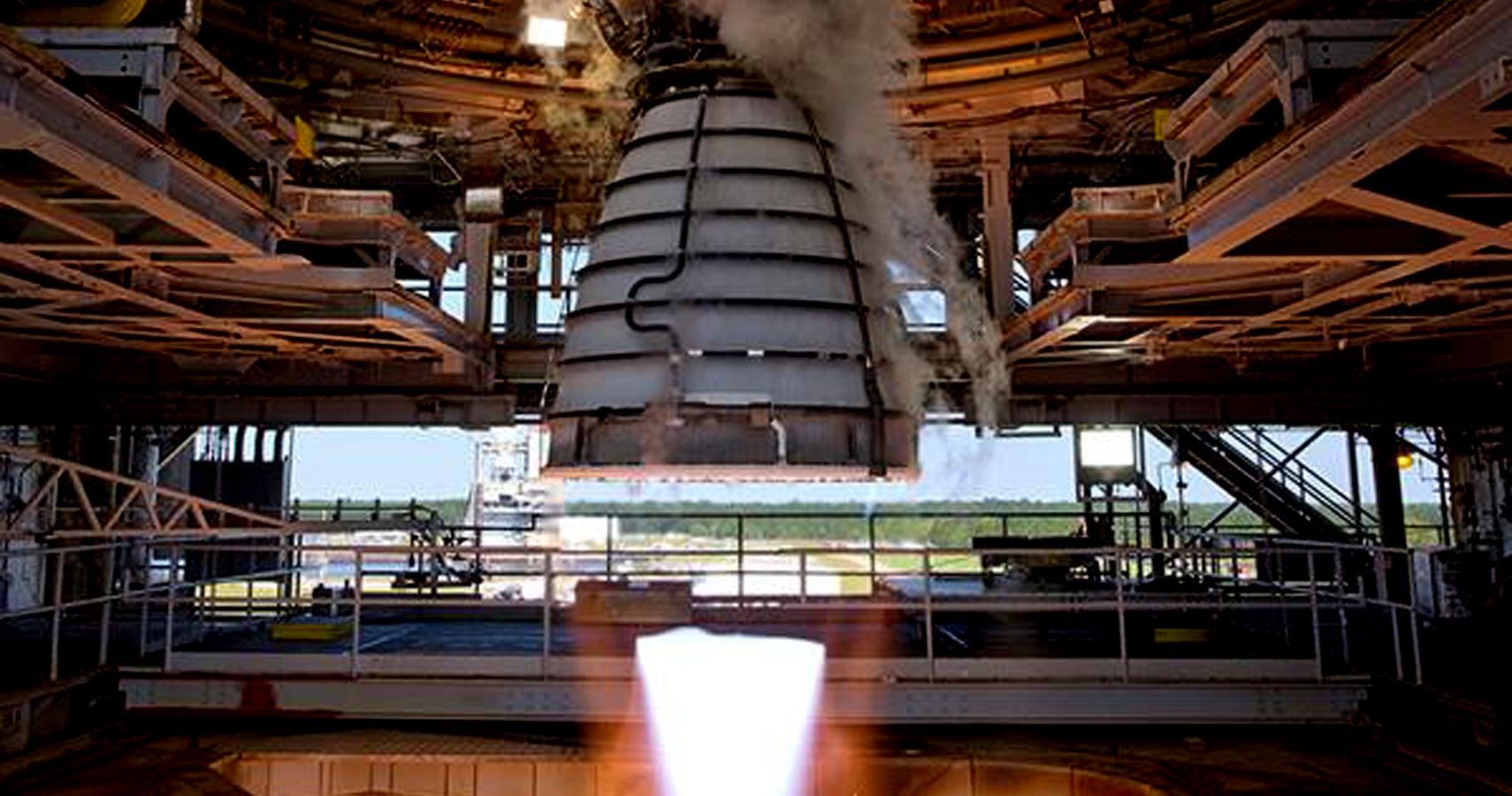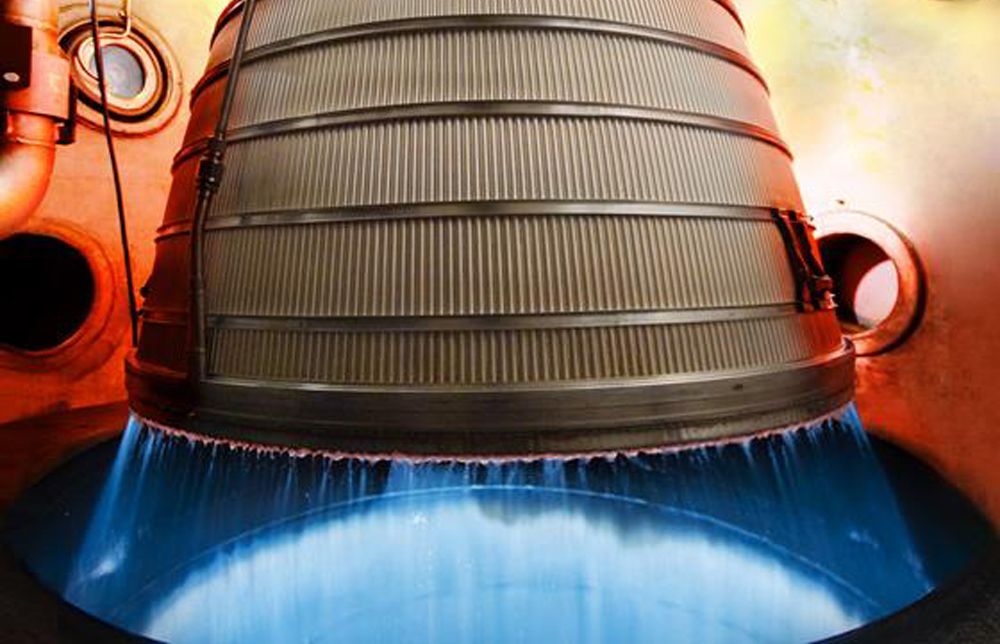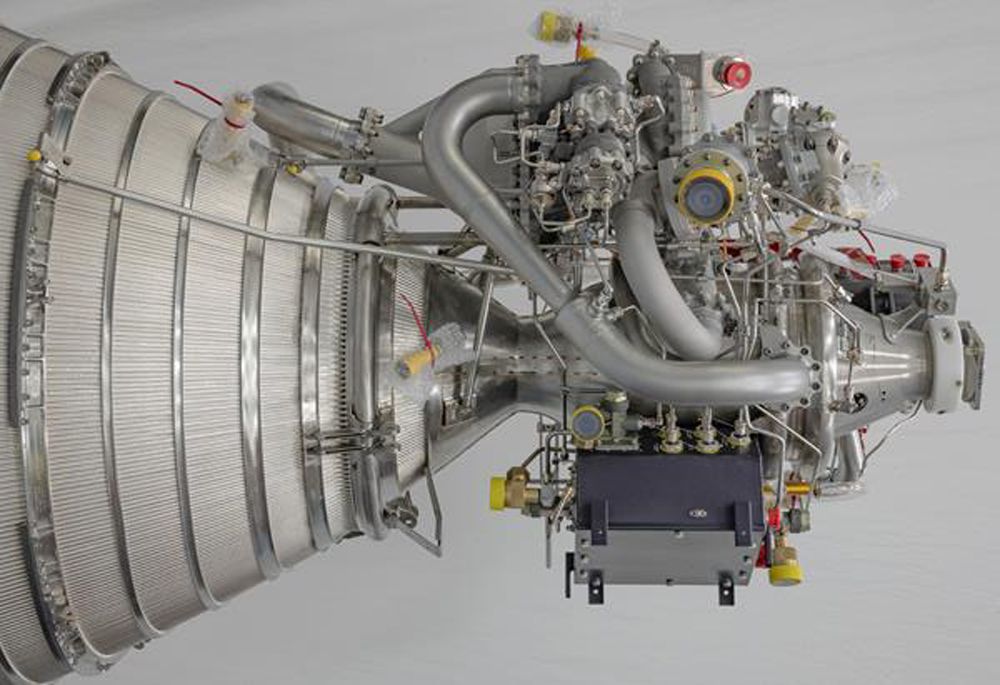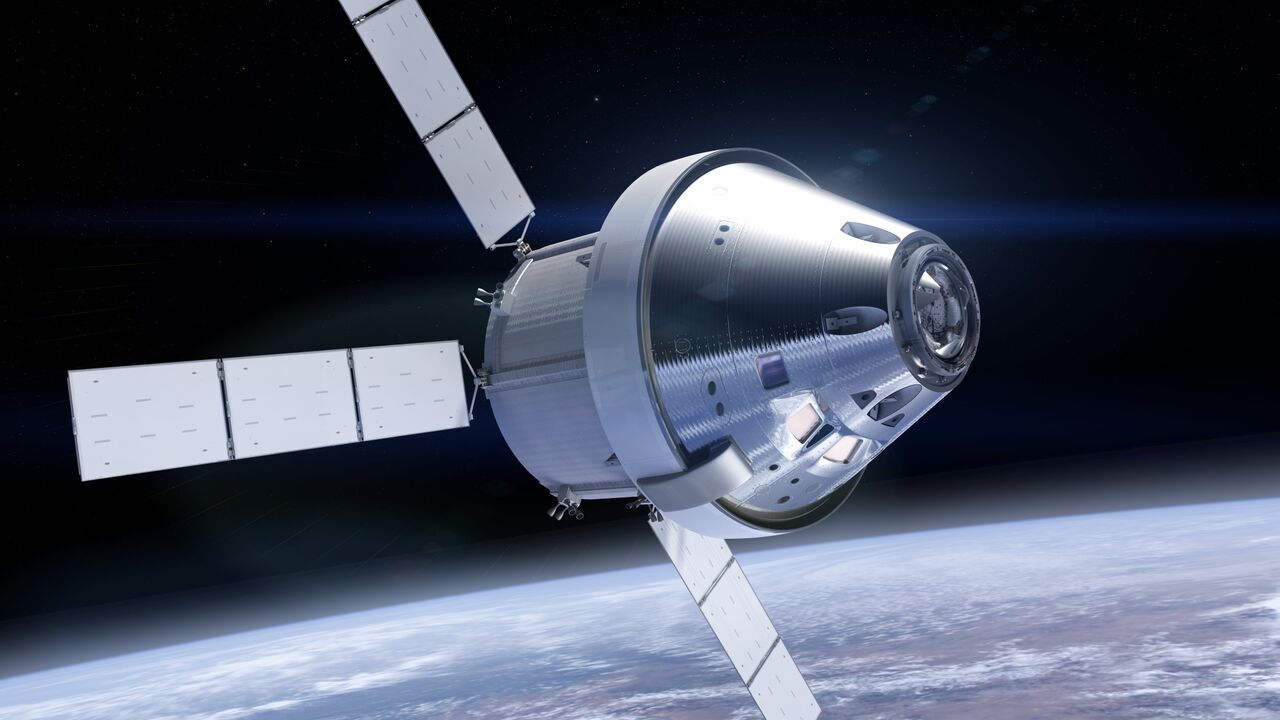MansBrand.com Articles Provided as noted by attribution.
>

NASA’s dream of sending the first manned spacecraft to the moon in nearly 50 years moved one small step to reality with Monday’s news that its propulsion hardware has successfully completed testing. Here’s the lowdown on those tests, conducted by the engines’ builder, Aerojet Rocketdyne, a company that also constructs missiles for military use.

Aerojet Rocketdyne
The company has been testing four RS-25 engines, which account for the bulk of the Orion spacecraft’s propulsion system, at the Mississippi-based NASA Stennis Space Center. After receiving a series of upgrades in November, the engines were assembled and checked for their ability to provide more than two million lbs. of thrust needed to get a manned moon mission off the ground.
RELATED: 20 Strict Rules All NASA Employees Need To Follow
Also completed were tests for the second stage rocket, dubbed the RL10 engine, designed to leave Earth orbit and direct the Orion to the moon at speeds up to 24,000 mph. Although it also required extensive testing, the main engine on the service module of the Orion capsule was one motor that Aerojet Rocketdyne didn’t have to build entirely from scratch. It’s a modification of a previous motor created by the company for the NASA space shuttle.

Aerojet Rocketdyne
On the actual Orion capsule, the company also built motors for propulsion and orientation. In February, it delivered one of the biggest engines, the massive jettison motor that separates the capsule from the rest of the rocket in the case of a potentially tragic launch failure.
The following month, Aerojet Rocketdyne shipped to Cape Canaveral 12 reaction control thrusters designed to guide the capsule through the concluding earth re-entry part of the flight. It also built and delivered eight auxiliary motors for the service module that’s attached to the capsule. The engines help position and steer the spacecraft in space while doubling as additional propulsion for the main engine.

NASA
The rockets to be integrated with the rest of the Orion spacecraft, some of it being constructed in Europe, will power the Orion as part of its Artemis moon missions. According to NASA, Artemis I will launch into a low earth orbit in 2021 to test the spacecraft during actual flight.
Artemis II is slated to send a manned spacecraft to orbit the moon in 2022, with a
—————-
By: Gene Kosowan
Title: Aerojet Completes Rocket Testing Keeping Moon Mission On Track
Sourced From: www.hotcars.com/aerojet-completes-rocket-testing-moon-mission-on-track/
Published Date: Sat, 25 Jul 2020 13:00:31 GMT
Did you miss our previous article…
https://www.mansbrand.com/dream-giveaways-latest-raffle-is-a-1967-pontiac-gto-and-cash-for-taxes/
The post Aerojet Completes Rocket Testing Keeping Moon Mission On Track appeared first on MansBrand.
from MansBrand https://www.mansbrand.com/aerojet-completes-rocket-testing-keeping-moon-mission-on-track/?utm_source=rss&utm_medium=rss&utm_campaign=aerojet-completes-rocket-testing-keeping-moon-mission-on-track
via IFTTT
No comments:
Post a Comment